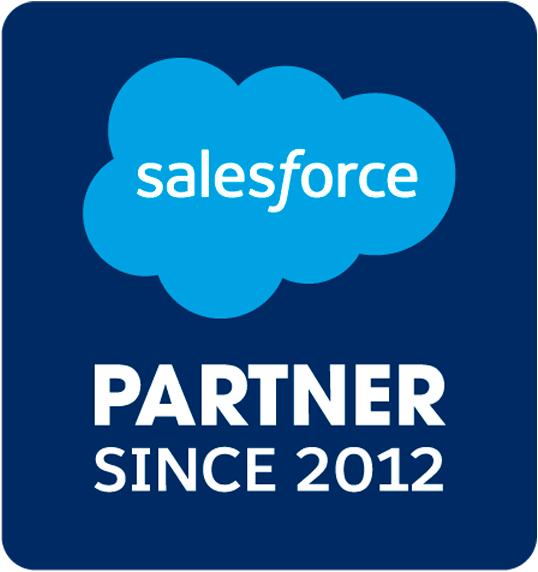One of the best ways to increase Salesforce adoption in your organization isn’t a revolutionary idea. In fact, it’s pretty intuitive — but that doesn’t mean every company’s doing it. What are we talking about? Involving your end users in the build process.
Your users are the ones who will be working with your org day to day, after all. They’re the ones who need the details to function exactly as planned. Ultimately, they’re the ones who will determine whether your implementation is a success or failure.
Here are three effective ways to make sure your team’s wants, needs and knowledge are major factors in the build process.
1. Start a big conversation
Some companies treat Salesforce adoption as a top-down directive: “Here’s a new tool. You need to use it.” Leadership certainly holds an important stake in your team's adoption, but your users need to be at the center of your strategy.
Gather your team for a conversation about their CRM needs. Find out how they use and analyze data. What are their current pain points? What features would help empower them to do their jobs better?
As leadership, you might feel confident in your ability to make the right build decisions, but there are bound to be missed opportunities if you don’t give your employees the opportunity to be heard. If it would better suit your company, schedule multiple, team-specific meetings and have a series of conversations. Then you might bring together representatives from each team to work through any conflicting requests.
2. Present, listen, revise, repeat
Whether the team responsible for building out your org is in house or hired, make sure they give regular demos. Ask them to present to your end users and say, “We listened to what you wanted, and we’ve come up with this. How close did we get?”
This kind of follow-up is a crucial gut check on the path to Salesforce adoption. If your end users didn’t explain their initial vision very clearly, this is an opportunity for them to see how their suggestions might have been misinterpreted. Or maybe being presented with something concrete, something visual, will spark new and valuable ideas. In any case, they’ll end up feeling even more heard and respected than before, which goes a long way in earning buy-in.
On the other side, your build team has a chance to save on costly and time-intensive overhauls down the line. It’s much easier to make changes to an early version than a final product.
Once the build team has gathered feedback and made any necessary changes, invite everybody back for another demo. Does this new take get closer to the desired vision? A thorough iteration process will get you as close to perfect as possible.
3. Move toward Salesforce adoption with user acceptance testing
User acceptance testing, or UAT, is the critical final step that gives your users the chance to interact with a “finished” version of the Salesforce build. Is everything working how they hoped it would? Will this be a value-added tool? Are people excited to use it? Now’s the time to collect some final thoughts.
It’s also the time to discover whether users will interact with the system in ways that the build team didn’t anticipate. If a user attempts to complete a task in a way that veers from the norm, they might trigger an error that needs to be fixed.
If you follow these steps, you’ll end up with a Salesforce build that comes tested and vetted. The employees who participated in the feedback process will require less training. They’ll also serve as Salesforce champions for those who didn’t participate, offering help and answering questions. In other words, your organization will be well on its way to Salesforce adoption.



